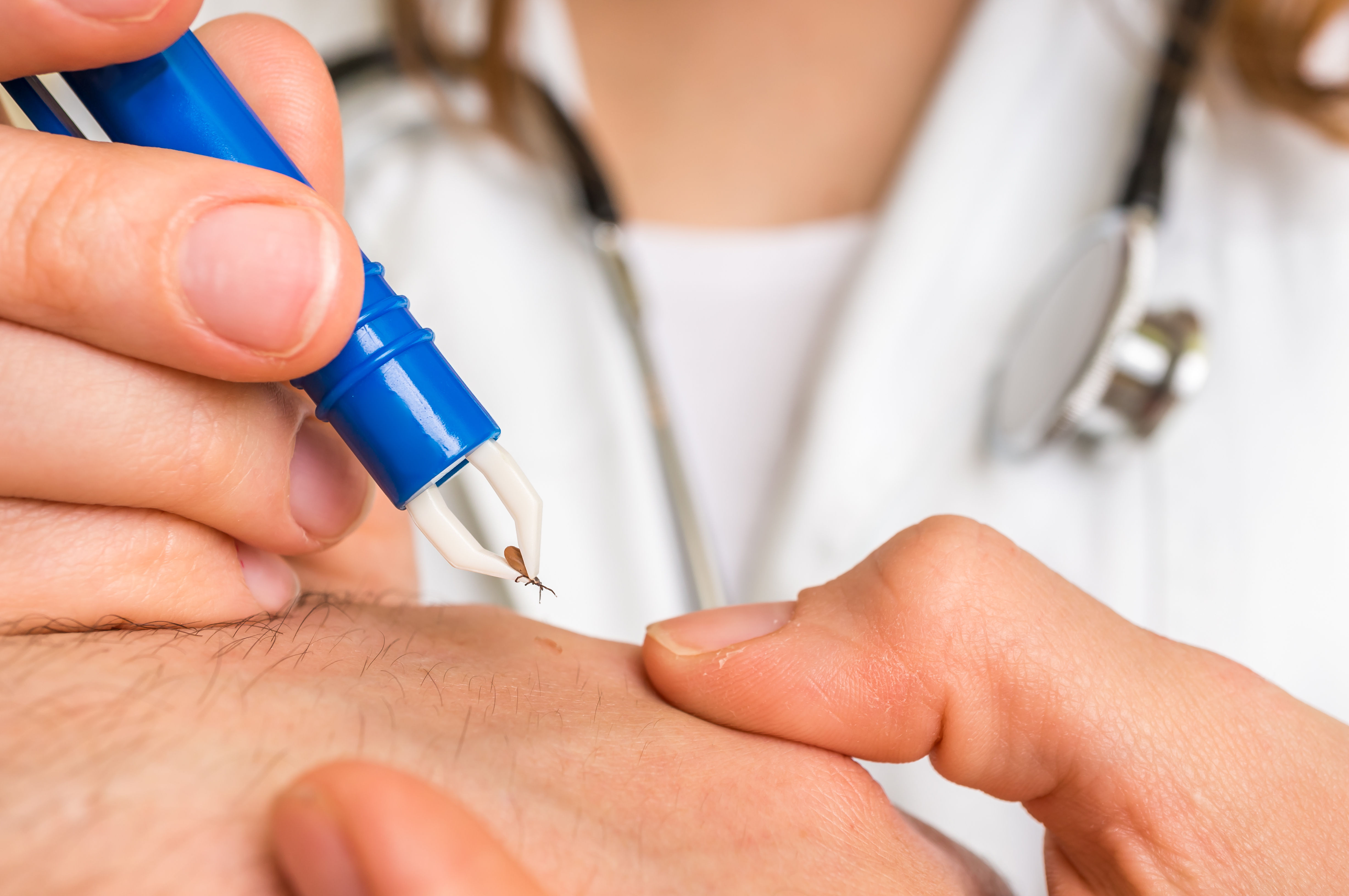Ticks are tiny, dark-colored parasites that live in wooded areas and fields. These kinds of organisms need blood from people or animals they bite to live. These little creatures can easily attach to your skin and suck your blood. They prefer to live in warm, wet areas, like your scalp, armpits, or groin.
Unfortunately, ticks, likewise the bearers of infections, can pass these diseases to the individuals that they bite. Some ticks carry bacteria that may lead to Lyme disease, which is a serious infection.
You are not easily infected with Lyme disease if a tick bites you. However, if a tick bites you, watch for symptoms for at least 30 days. Be sure to consult your physician in case you spot signs like a red bull’s-eye-shaped rash or if you have flu-like symptoms.
Immediately do a tick removal when you discover it on your body, or the body of a child or pet, to avoid infection.


